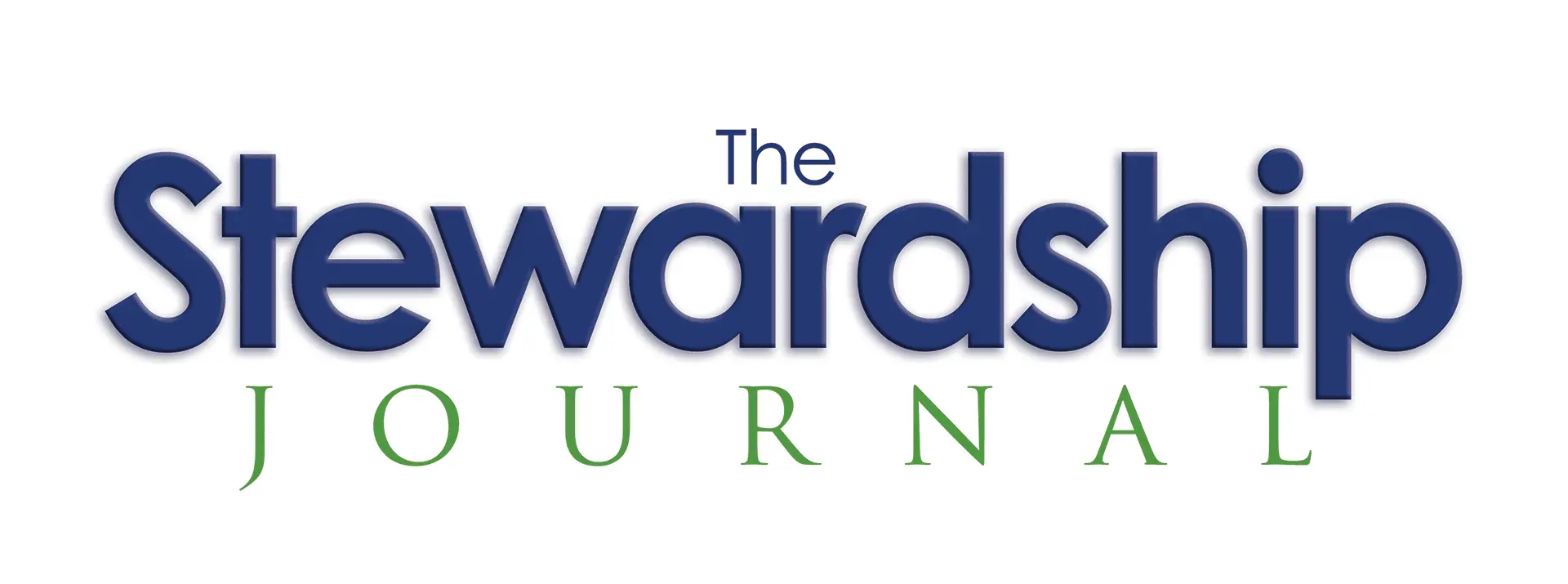In Defense of the Offering
Scrolling through social media this past week, I came across this headline, “Top 5 Heresies Among American Evangelicals.” The link led me to a Christianity Today article about a survey released by Ligonier Ministries and Lifeway Research. It’s not an encouraging read. How can it be when the survey found that 53% of Evangelicals don’t believe the Bible is literally true? 1.
With that high of a percentage, it shouldn’t surprise us that they found heretical beliefs among the faithful. I’ll let the CT article speak for itself, but clearly, we need to return to a systematic approach to discipleship. I fear our focus has been too often on the crowd and not on making disciples. The results show up not only in attendance but also in giving.
“The average U.S. Protestant church reports attendance at 74% of what it was prior to COVID-19, which means 1 in 4 pre-pandemic churchgoers are still missing from in-person worship services.”2. That was the opening line of an email that Auxano sent me a few days ago. The study they quoted, and others, show us the results of crowd-built congregations. I blame the Contemporary Church Movement, which focuses on attracting guests over making disciples. Our crowds are diminished partly because that focus did not ground people in the Scriptures.
“Don’t feel like you have to give; the offering is for members.” That line said in thousands of churches every Sunday is another result of the Contemporary Church Movement. When designing worship to attract guests, you ensure nothing you say will upset them. One result of this thinking was the devaluation of the offering as a time of worship. Before Covid arrived on our shores, giving was already in a slow decline, partly due to a lack of stewardship teaching that the weekly offering gives a church. As a result, our giving has been diminished due to the lack of a biblical emphasis on giving.
So, guess what else has declined and not fully recovered to prior COVID-19 levels? Giving. Sure, there are exceptions, but the increase in those churches came from their existing core of donors. Our data from client churches reveal that the top-end donors, nearly all above fifty, gave the most dollars to keep their church’s doors open. Most churches’ giving is still below their pre-pandemic levels. Every church is experiencing the challenge of an aging donor base and biblically illiterate attendees.
Covid was our wake-up call. You now know what your giving will look like in ten years unless you act to bring up the next generation of biblically driven disciples. Sadly, few churches are waking up to the danger that lies ahead. Today, most churches, despite revised CDC advice, have decided never to pass an offering plate again. I’m not making a case for the means of collecting the offering. I’m making a case for the offering time. The reality today is that people like to use multiple ways to give. The Bible doesn’t tell us how to give; it simply tells us to give. Yet, I find that without passing a plate or bucket, few churches ever mention giving as few have a dedicated time of worship through giving. At best, the offering might get a brief ten-second mention, then it is on to more important things.
“Just as we get going in worship, we interrupt it with an offering!” An SBC staff member once told me that. Somehow, they had failed to see the biblical teaching of the offering as worship. That same staff member would never complain about the announcement time interrupting worship. This is the prevailing attitude of churches across America. The result is an illiterate membership and a decline in biblical stewardship. We must confront this attitude by elevating our offering times. Because to build solid stewardship foundations, it is imperative that you have an offering time every Sunday.
I have found that churches that focus on giving build a better and more resilient stewardship base than those that go silent on giving and offerings. You can say a lot in two minutes or less. Why not use the time before the offering to teach biblical values? Why not use that time as a part of your disciple-making strategy for the next generation? Why not give the offering time the same amount of planning and execution that you give to the announcements? Elevating the offering time will increase giving today and better assure your tomorrow.
- https://www.christianitytoday.com/ct/2022/september-web-only/state-of-theology-evangelical-heresy-report-ligonier-survey.html
- September 20, 2022, “Are You Building Lasting Connections,” from info@auxano.com. The opening line came from this report, https://research.lifeway.com/2022/03/01/churches-still-recovering-from-pandemic-losses/


Leave a Reply